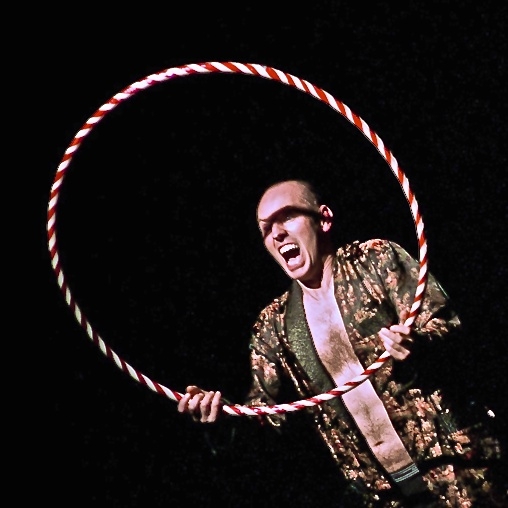 Naïve Dance Masterclass is Matt Rudkin’s latest project, shown at Canada Water Culture Space.
Naïve Dance Masterclass is Matt Rudkin’s latest project, shown at Canada Water Culture Space.
After previously appearing at the Edinburgh and Brighton fringe, where it was nominated for ‘Best Male Performer’, Inconvenient Spoof have presented Naïve Dance Masterclass down in London too. Naïve, a stand-up and dance-about comedy combining dead-pan wordplay and expert physical tomfoolery, shows off ex-contemporary dance star, Matt Rudkin.
Here he shares his tale of artistic salvation through the exertions of riot duty training and the love of an immigrant hula-hoopist.
When did you begin dancing, where and why?
My first recollections of dancing are from the age of around 4 when I would apparently begin moving to any kind of music. My parents would take me to festivals and I have a clear recollection of the feeling of complete freedom, dancing outside to live music in the rain. There is a some super-8 film of me dancing at a friend’s party on my own in the corner – and my father picks me up to take me home and I keep on dancing, oblivious as he carries me to the car. Maintaining the ability to create this space of total absorption has required much determined effort as I have grown older, and I now have a very specific routine I go through.
What were your early years of dancing like?
In the early years I was not very disciplined technically, but was very connected emotionally. It felt as if the music ‘played me’, so to speak, and I would reverberate with the particular feelings evoked by the melody. I remember one time at my youth dance club I arrived in a very cheery mood and was giggling with friends – but when the teacher put on Henryk Gorecki’s symphony number 3, within seconds I was weeping uncontrollably as I swirled and spiraled around the room. I was also very involved in theatre and have always danced with a very active face.
How long have you been performing? Did you start young?
I began performing publicly at the age of 6 in a youth company called ‘kaleidoscope’. The first production I appeared in was ‘Creation’ and depicted the first 7 days of the Earth. I played the part of an amoeba that turned into a lizard. I remember being terrified the night before, and my mother comforting me as I lay in bed and reminding me that there were 26 other amoebas so I shouldn’t be too worried about making a wrong move – and because mutations were a natural occurrence. I wasn’t sure what a mutation was, but my mother’s tone of voice was very comforting. In my teenage years I became more self-conscious about performing, especially since I went to a big, tough comprehensive school where dancing and acting wasn’t considered particularly cool. I was quite secretive about my dancing in particular, and would often find a room to practice alone with the lights turned off, dancing to the music in my head.
Where did you train and what was a typical day like?
I would rather not be specific about the main institution in which I received my training, as I am now very critical of their core values and pedagogical techniques – but suffice it to say it was a fairly traditional contemporary school. Being from a fairly poor background, I often had to work at weekends and in evenings to make ends meet, so I had some very long days. At one point I worked in a nightclub behind the bar, but also did some shifts as a podium dancer. There were some fantastic dancers in the crowd that went there and I certainly picked up a great deal from watching them.
What is a typical day like now?
Nowadays I am very focused on maintaining my physical and psychological well-being. I begin each day at 6am with a run, followed by a fruit and veg. juice for breakfast and a 20-minute meditation. I normally will then read for a couple of hours; at the moment I very much interested in ‘evolutionary psychology’. In the afternoon I am normally teaching – currently I am delivering a new class called ‘Dancing for Clowns and Clowning for Dancers’. In the evening I will take a class of some kind, do another meditation and then work on writing, props or costumes my studio.
Do you still take classes? How do you keep on top of your technique?
Since I became wholly committed and immersed in Naïve Dance, the only classes I now take are in 5 rhythms and Body Balance. I also regularly go dancing at night clubs (always sober) to pick up new moves – and I also visit Monkey World (near Poole) fairly regularly to observe the natural movements of the primates.
What’s the best part of performing?
The best part of performing is realising I had forgotten the audience – as if waking and realising it was all a dream. I wouldn’t say I ‘enjoy’ performing because during the best moments ‘I’ disappear and my self becomes completely merged with the action. Naïve Dance can often appear to people as being quite funny, but there is often a moment when my self disappears that I think people realise that something very different is occurring.
What would you say was your greatest achievement to date?
My greatest achievement is having discovered a way of being such that I can dance with a complete lack of self-consciousness at weddings receptions, or other public dancing occasions. I have found a way of disappearing into my dance practice such that I have no concern for the impression I make. The proof of this is really when I am aware that people are not impressed with my dancing, and I really don’t care. This is another reason why dance busking is so liberating – people stop and watch or go away and it really doesn’t matter to me.
Which part of dance do you enjoy most?
I love the sense of being in the middle. Like when I go swimming and I’m counting lengths; at the beginning it feels like the ‘oh that’s only 6 lengths, this is so boring’, but at some point I just resign myself to fact that swimming is what I’m doing now; get used to the monotony, and before I know it that I am completely satisfied – in the middle.
What advice would you give to someone aspiring to be part of the dance industry?
Don’t do what I do! There are very few opportunities to make being a dance maverick work for you – the industry really wants trained and versatile performers. But I would say, look after yourself – eat well, don’t intoxicate yourself, meditate and keep fit – and then you will be happier whatever happens.
What’s next for you?
I am hoping to set up the world naïve dance championships next year in Brighton, and completely give up coffee!

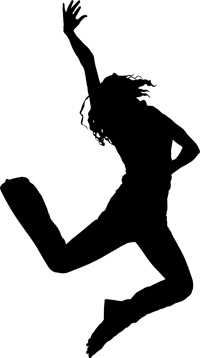 Release Technique is focused on the principles of “ease of movement” and “fluidity”, continuing to adapt and transform as a result of many styles coming together to coexist and in some ways has become a dance language of its own. Dancers learn to minimise tension in the body to create freedom of movement, moving in the easiest way. The release of body weight into the floor and the use of breath to instigate movement focuses on the use of energy, gravity and momentum to create movement.
Release Technique is focused on the principles of “ease of movement” and “fluidity”, continuing to adapt and transform as a result of many styles coming together to coexist and in some ways has become a dance language of its own. Dancers learn to minimise tension in the body to create freedom of movement, moving in the easiest way. The release of body weight into the floor and the use of breath to instigate movement focuses on the use of energy, gravity and momentum to create movement. For dancers, the correct nutrition for the body is of utmost importance for their performance in dance. Dancers are athletes combined with artistry, so they must think of themselves as athletes, and how athletes manage their food intakes or their nutrient and energy needs.
For dancers, the correct nutrition for the body is of utmost importance for their performance in dance. Dancers are athletes combined with artistry, so they must think of themselves as athletes, and how athletes manage their food intakes or their nutrient and energy needs.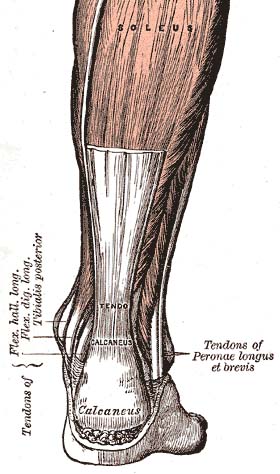 Are you blessed with long Achilles tendons, loose calf muscles and a deep plié? Count yourself lucky. Many dancers are desperate to increase the depth of their plié however, short of surgery, there is only so much change that can be made.
Are you blessed with long Achilles tendons, loose calf muscles and a deep plié? Count yourself lucky. Many dancers are desperate to increase the depth of their plié however, short of surgery, there is only so much change that can be made.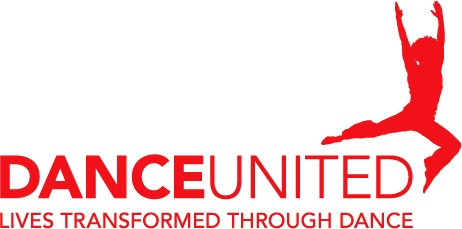 Dance United – an award-winning dance development organisation with an international reputation for combining artistic excellence with social concern. It’s collaborations across sectors open up opportunities for participants and develop new ways of thinking in uniting for advocacy. The passion, talent and commitment of its work is quite clearly transforming lives.
Dance United – an award-winning dance development organisation with an international reputation for combining artistic excellence with social concern. It’s collaborations across sectors open up opportunities for participants and develop new ways of thinking in uniting for advocacy. The passion, talent and commitment of its work is quite clearly transforming lives. After three years as Artistic Director of the Royal New Zealand Ballet, Ethan Stiefel has decided to leave the company in order to return to his native USA at the beginning of September to pursue new opportunities. Throughout the three years, Stiefel has made an outstanding contribution to the company and has brought it the success it so deserves. It’s increased international profile has benefited the company greatly as it looks back on the positive influence of Stiefel.
After three years as Artistic Director of the Royal New Zealand Ballet, Ethan Stiefel has decided to leave the company in order to return to his native USA at the beginning of September to pursue new opportunities. Throughout the three years, Stiefel has made an outstanding contribution to the company and has brought it the success it so deserves. It’s increased international profile has benefited the company greatly as it looks back on the positive influence of Stiefel.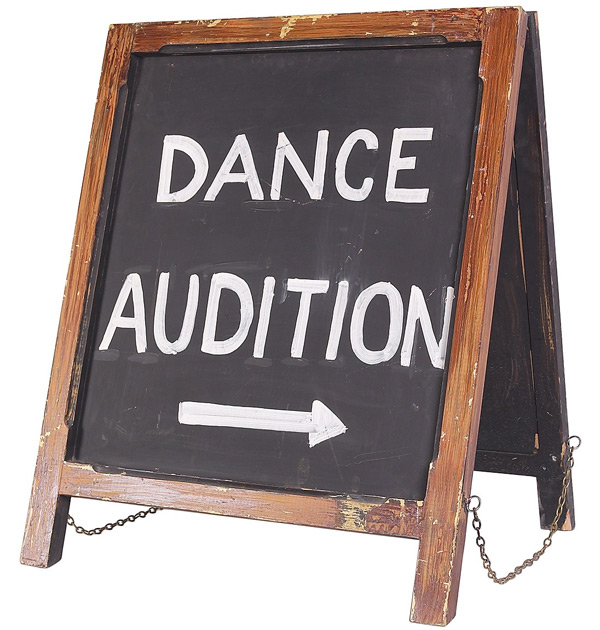 Auditions are a huge part of any dancers life: some dancers revel in auditions with the chance to perform in a more informal environment, others speak of auditions with dread and worry. Whatever your view of auditions, there are a few key points to help you along the way, especially when preparing your dance piece for the big day.
Auditions are a huge part of any dancers life: some dancers revel in auditions with the chance to perform in a more informal environment, others speak of auditions with dread and worry. Whatever your view of auditions, there are a few key points to help you along the way, especially when preparing your dance piece for the big day.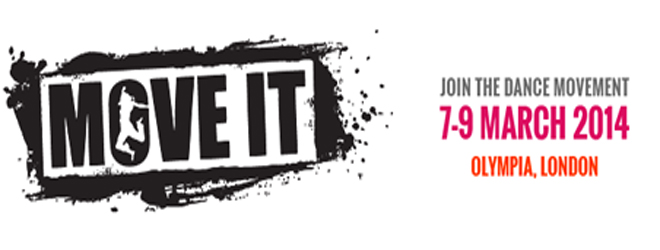 For another year running the UK’s largest dance event, MOVE IT, played to full capacity at London’s Olympia. A wonderful haven for dance enthusiasts everywhere, MOVE IT is the central event for dance shopping, performances, classes, seminars, networking, and all under one roof!
For another year running the UK’s largest dance event, MOVE IT, played to full capacity at London’s Olympia. A wonderful haven for dance enthusiasts everywhere, MOVE IT is the central event for dance shopping, performances, classes, seminars, networking, and all under one roof!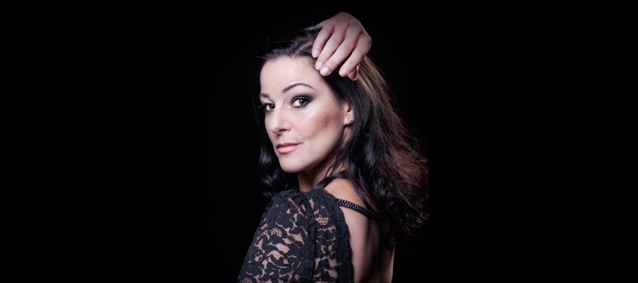 Great news for musical theatre fans everywhere – superstar Ruthie Henshall will be joining the cast of Billy Elliot – The Musical in May to play Billy’s dance teacher Mrs Wilkinson, taking over from current Mrs Wilkinson, Anna-Jane Casey. Ruthie has recently been focusing on her solo performances on tour, and will now return to the West End stage for the first time since 2011. The first performance for Ruthie as Mrs Wilkinson will be on 12 May 2014, nine years to the day since the show officially opened at the Victoria Palace Theatre.
Great news for musical theatre fans everywhere – superstar Ruthie Henshall will be joining the cast of Billy Elliot – The Musical in May to play Billy’s dance teacher Mrs Wilkinson, taking over from current Mrs Wilkinson, Anna-Jane Casey. Ruthie has recently been focusing on her solo performances on tour, and will now return to the West End stage for the first time since 2011. The first performance for Ruthie as Mrs Wilkinson will be on 12 May 2014, nine years to the day since the show officially opened at the Victoria Palace Theatre.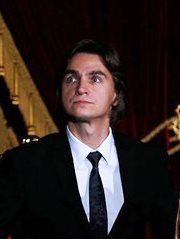 Sergei Filin, the Bolshoi Ballet artistic director who was wounded in an acid attack that shocked the dance world last year, will appear in New York in April as one of the judges of the Youth America Grand Prix ballet competition. As an influential figure for classical ballet in Russia particularly, the coup for the Youth America Grand Prix may be a controversial one for the prestigious competition.
Sergei Filin, the Bolshoi Ballet artistic director who was wounded in an acid attack that shocked the dance world last year, will appear in New York in April as one of the judges of the Youth America Grand Prix ballet competition. As an influential figure for classical ballet in Russia particularly, the coup for the Youth America Grand Prix may be a controversial one for the prestigious competition.